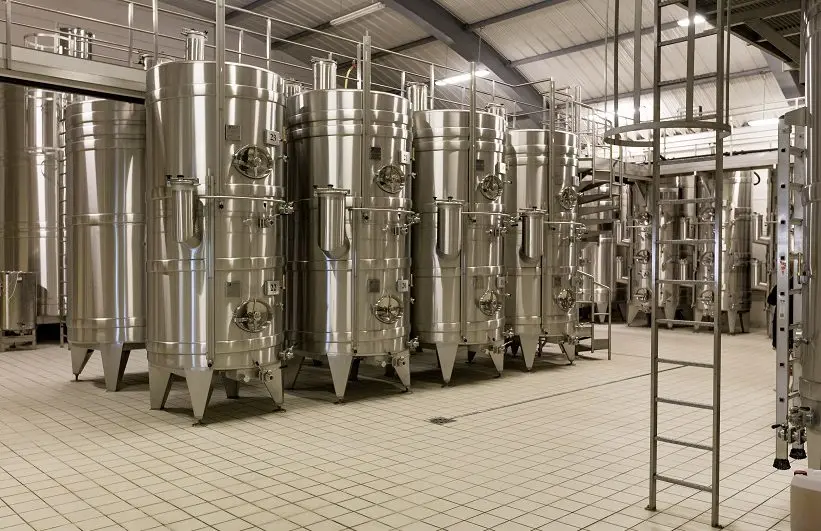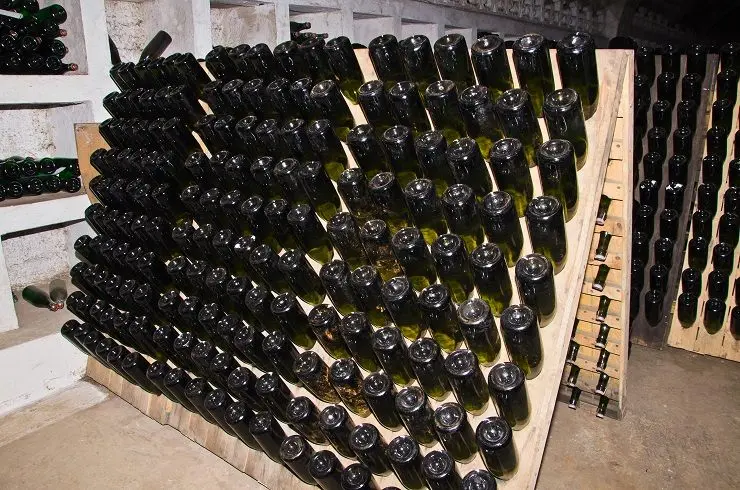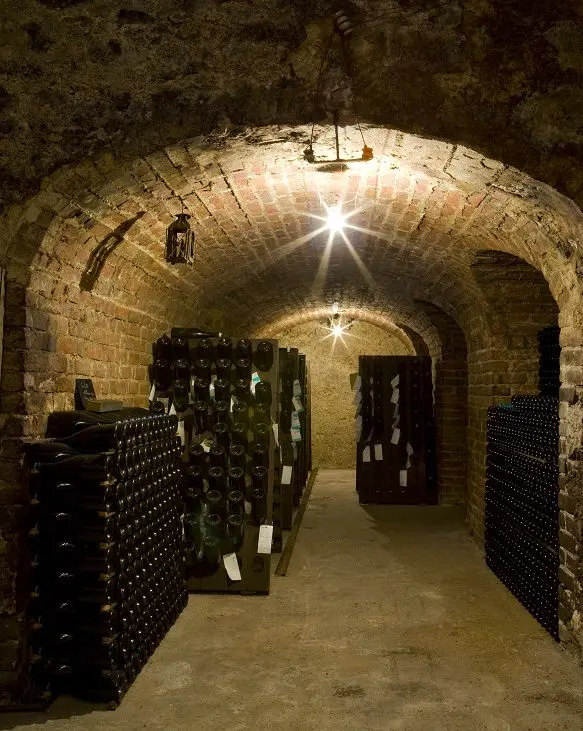Champagne production is a true art, the secrets of which are passed down from generation to generation. Even the current automation of technological processes has not been able to significantly affect this industry. Until now, most elite factories use manual labor. I will talk about the stages of production of champagne so that you can understand how this noble drink is made.
The region of production of this champagne is the French province of Champagne. According to international law, the products of winemakers from other geographic regions and countries, including Russia, must be labeled as “sparkling wine”, but not champagne, although the technology itself does not change.
Stages of champagne production
1. Harvest. Champagne is only available in white and pink, but is made from two red and one white grape varieties. Coloring substances are found in the skin of the berries, if you squeeze the juice without damaging the skin, you can get absolutely light sparkling wine.
Champagne is allowed to use three grape varieties: Chardonnay, Pinot Meunier and Pinot Noir. The first one belongs to the white varieties, the other two – to the red ones. The most commonly used grape for champagne is Pinot Meunier.
The crop is harvested only by hand, which allows you to immediately remove spoiled berries that give a red color. Grapes are plucked from the bunches a little earlier than the period of its full ripening, when the acidity is higher than normal, and the sugar content is lower.
2. Squeeze. At this stage, the harvested grapes are pressed on special presses. Berries of different varieties and from different vineyards are pressed separately. There are three types of juice for champagne:
- cuvee (cuvee) – the juice of the first pomace, is considered the highest quality, as it almost does not come into contact with the skin of the grapes;
- primary must – juice of lower quality obtained after the second squeeze;
- secondary must is the result of the third pomace of grapes, sometimes the quality of the secondary must is so low that it is not used in the future for the production of champagne.
3. Fermentation. Each wort is fermented in metal vats. The most prestigious brands of champagne ferment in special oak barrels, in which it is easier to control the fermentation temperature. It turns out sour dry wine – the main material for the production of sparkling wines.

4. Blending. During this stage, the masters mix wines of different varieties and years of aging, obtained from cuvée, primary and secondary must. As a result, the drink acquires a unique taste, which distinguishes a particular brand of champagne from competitors. Sometimes winemakers add up to fifty different varieties of wine to one blend.
Elite varieties of champagne are not blended, they are made from high-quality grape juice of one year. Accordingly, the cost of such a bottle of champagne will be much higher.
5. Secondary fermentation. After blending, the wine is poured into special bottles of increased strength. Next, sugar and yeast are added, causing secondary fermentation. The bottles are tightly corked and moved to the wine cellar, where they must be stored in a horizontal position. According to current standards, 18 grams of sugar and 0,3 grams of yeast are added to one bottle of champagne.
6. Remuage. After the end of fermentation, the yeast precipitates, which must be disposed of. To do this, the bottle is gradually lowered down with its neck, rotating it around its axis. After several days of manipulation, all the sediment moves to the neck of the bottle.

In elite distilleries, bottles are turned over by hand; in mass production, a special apparatus (zhiropalette) controlled by a computer is used.
7. Exposure. Together with the sediment, champagne is aged from 2 to 6 years in wine cellars. Experts believe that a quality drink should mature for at least 4 years.

8. Degreasing. It’s time to get rid of the yeast sediment near the cork. To do this, the neck of the bottle is frozen in a saline solution at a temperature of -18°C. Next, the bottle is opened, under the pressure of the gas, the ice plug containing the precipitate flies out.
In this case, part of the champagne is lost. To compensate for losses, a mixture of cognac, wine and sugar syrup is poured into the bottle. Next, the bottle is again closed with a new cork, which is fixed with a wire called a muselet.
Previously, disgorgement was done by hand and required considerable skill from winemakers. Now this process is carried out on special equipment with minimal human intervention.
For the first time, disgorgement was used in 1800 by the producers of the Madame Clicquot winery. Prior to this, the yeast sediment from the bottles was not removed at all, as a result of which the champagne was cloudy.
9. Preparation for sale. To bring the bottle to its presentation, wipe it, then stick a label with information about the drink. This ends the production of champagne.










